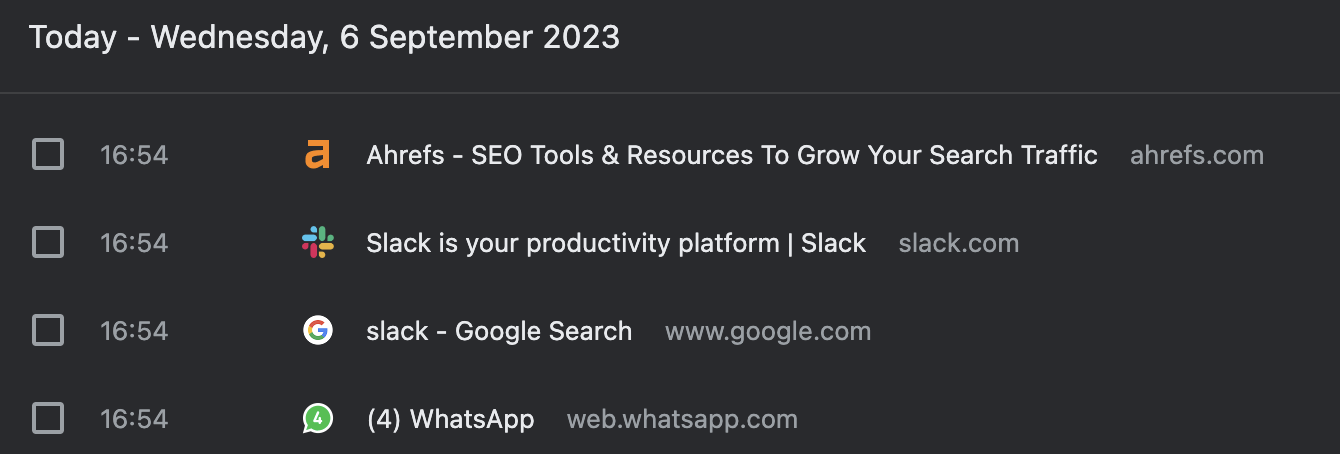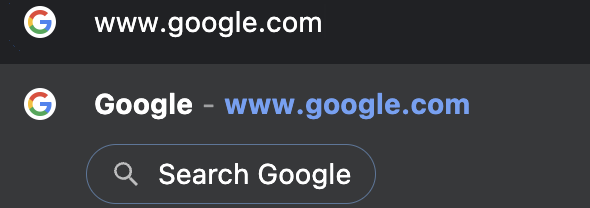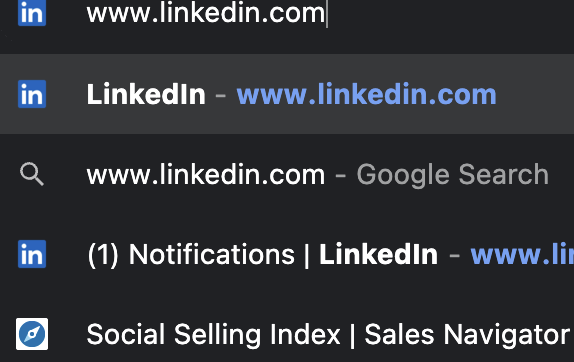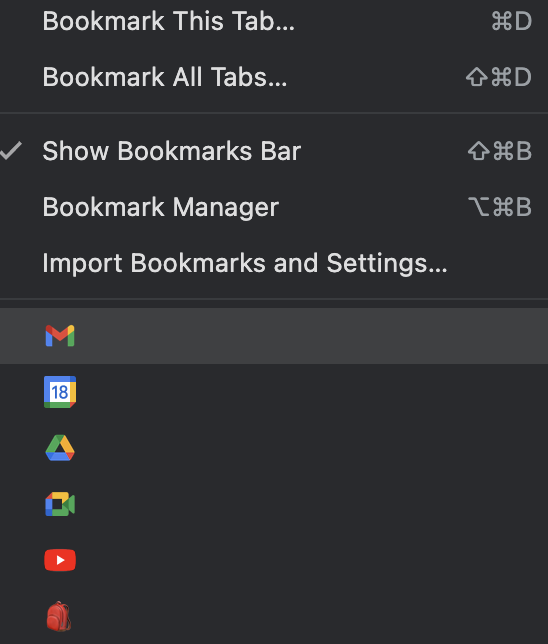Favicon
A favicon is the subtle signature of a website; that miniature logo you spot beside the site's title in your browser tab is the favicon.
What Is a Favicon?
A favicon is like a mini-logo for a website. At just 16x16 pixels, it's small but significant. When you open a browser tab, you'll notice a miniature logo on the tab – that’s the favicon. It not only adds a professional touch but also reinforces brand identity.
Consider the URL: https://www.gmail.com. Next, you'll likely see a tiny logo representing the brand or website in the browser tab. That logo is the favicon.
Where do Favicons appear?
Favicons have become an integral part of web navigation and branding, often seen in places you might not initially notice but where they make a difference. Here are some prominent areas where favicons frequently appear:
- Browser Tabs: One of the most common places is that small icon next to your webpage title, giving a visual cue of the website.

- Browser History: As users browse, the favicon alongside the website title aids in easily and quickly identifying previously visited sites.

- Search Bar: When typing a URL or searching, the favicon can appear to the left of the website name or URL, helping in quicker recognition.

- Toolbar Apps: Some browser toolbars have shortcuts or apps; a favicon can represent its associated website.
- Browser History Dropdown: When you click on a browser's back or forward button, the dropdown list will display the favicon next to each website.
- Search Bar Recommendations: As you type, browsers may suggest websites based on history, with the favicon assisting in rapid identification.

- Bookmarks Dropdown Menu: For users who have bookmarked pages, the favicon next to the title helps navigate to the desired webpage swiftly.

Steps to Crafting the Perfect Favicon
- Recognize Your Brand Essence: Reflect on what symbol or element epitomizes your brand. Start from there.
- Size It Right: A typical favicon size is 16x16 pixels or 32x32 pixels. It needs to be discernible even at such a small scale.
- Simplicity is Key: Avoid intricate designs. Simple icons are easily recognizable and more effective.
- Consistent Branding: Ensure that your favicon resonates with your brand colors, logos, and overall aesthetic.
- Test Across Browsers: Different browsers might render favicons slightly differently. Always test!
Understanding Favicon Dimensions
Though small, Favicons play an essential role in branding and user experience. While the most frequently observed favicon size is the classic 16x16 pixels, there are various platforms and contexts where other dimensions are more apt. Here's a comprehensive overview of favicon sizes and their typical applications, all given in pixels:
Best Practices in Favicon Design
Getting the favicon right is a blend of creativity and strategy. Here are some golden rules:
Stick to Brand Colors: Your favicon should echo your brand's primary colors.
Example:
✅ A blue-and-white-themed website should have a favicon with the same palette.
❌ A multicolored, rainbow-themed favicon for a minimalist website.
Avoid Overcrowding: Avoid cramming too much detail considering the favicon's size.
Example:
✅ A simple 'E' for an 'Example' brand.
❌ The entire word 'Example' crammed into a tiny square.
Use Recognizable Symbols: If your brand has a symbol or logo, use it.
Example:
✅ Apple uses an apple.
❌ Apple using a random fruit.
Do Favicons Affect SEO?
While a favicon won't directly boost your website's rank, it can indirectly help:
- User Experience: A good favicon enhances the user experience. If visitors can navigate your site easily, they're more likely to stay longer, which can help SEO.
- Increased Bookmarking: Some browsers, like Chrome, consider bookmarking a positive sign. A unique favicon can make users more likely to bookmark your site.
- Visibility & Branding: SEO isn't just about algorithms—it's also about branding. A favicon strengthens your brand's visibility, making users more likely to click on your site in search results.
To Conclude
While a favicon might seem minor, its importance in branding and user experience can't be understated. It's the visual cue users rely on when navigating a sea of browser tabs or bookmarking their favorite sites. You solidify your brand's online presence by ensuring that you have the right sizes and appropriate placement.
FAQs
A favicon, short for "favorite icon," is a small icon associated with a website or web page. It provides a visual cue in browser tabs, bookmarks, and address bars, helping users easily recognize and navigate to a website.
Not necessarily. While both represent a brand, a favicon is a small, square icon designed for web browsers. A logo is a broader representation of a brand that can be of various sizes and shapes and is used across various mediums.
Yes! Many brands use a simplified version of their logo or an essential element of their logo as a favicon. However, ensuring the design is still recognizable when scaled down to small sizes is crucial.
Favicons can be PNG files, especially since PNGs support transparency, making them versatile. However, ensuring that the specific platform or browser supports it is essential.
